6 GPTs for Defect Analysis Powered by AI for Free of 2025
AI GPTs for Defect Analysis are advanced tools leveraging Generative Pre-trained Transformers technology to identify, analyze, and provide solutions for defects in various domains, including software development, manufacturing, and product quality control. These AI-driven systems are designed to understand and process complex data, enabling them to detect anomalies, predict potential issues, and suggest corrective actions. By harnessing the power of GPTs, these tools offer tailored solutions that improve accuracy, efficiency, and effectiveness in defect analysis tasks.
Top 6 GPTs for Defect Analysis are: 소소하자 마감하자 챗봇,Manual Testing Advisor,Quality Control Analyst,🔍 Quality Detective Pro GPT 🕵️♂️,TestMaster Pro,ALM Defects
소소하자 마감하자 챗봇
Expert AI for Your Construction Needs
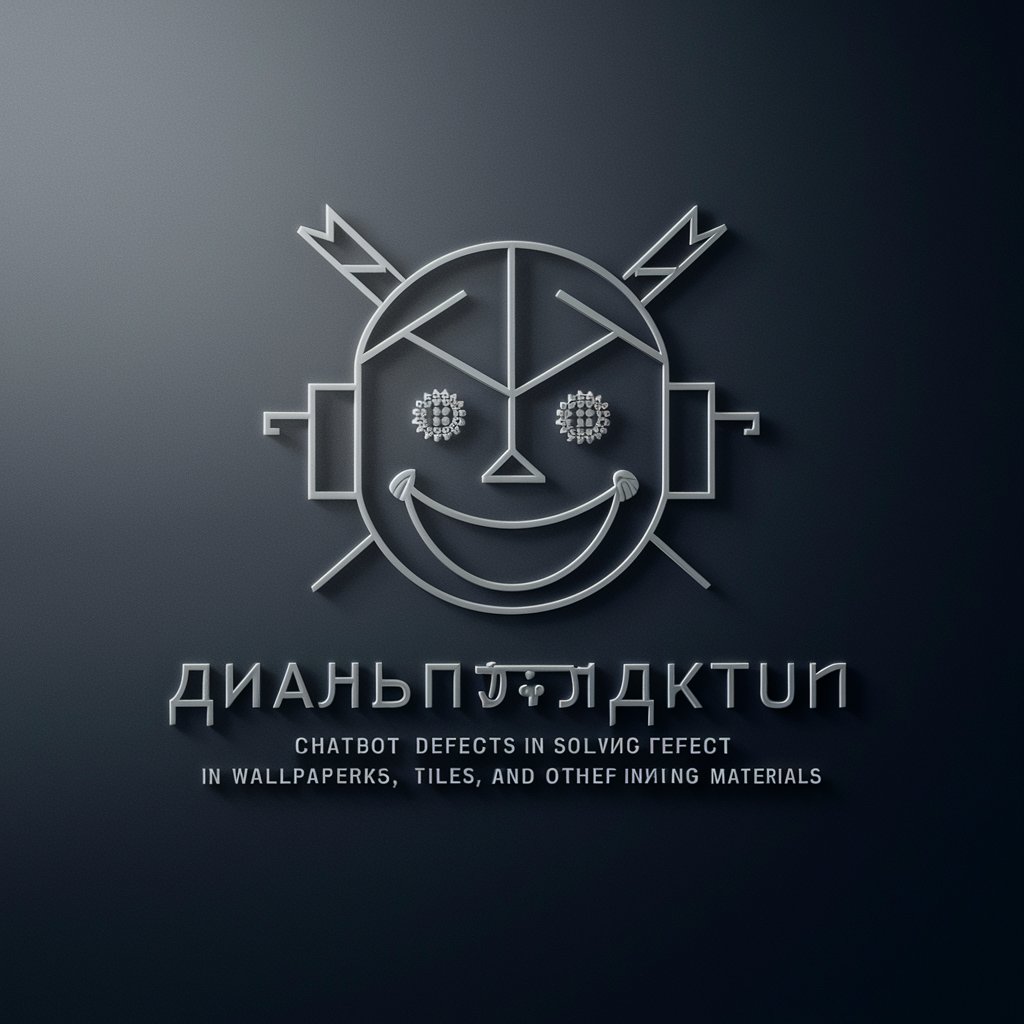
Manual Testing Advisor
Enhancing Manual Testing with AI
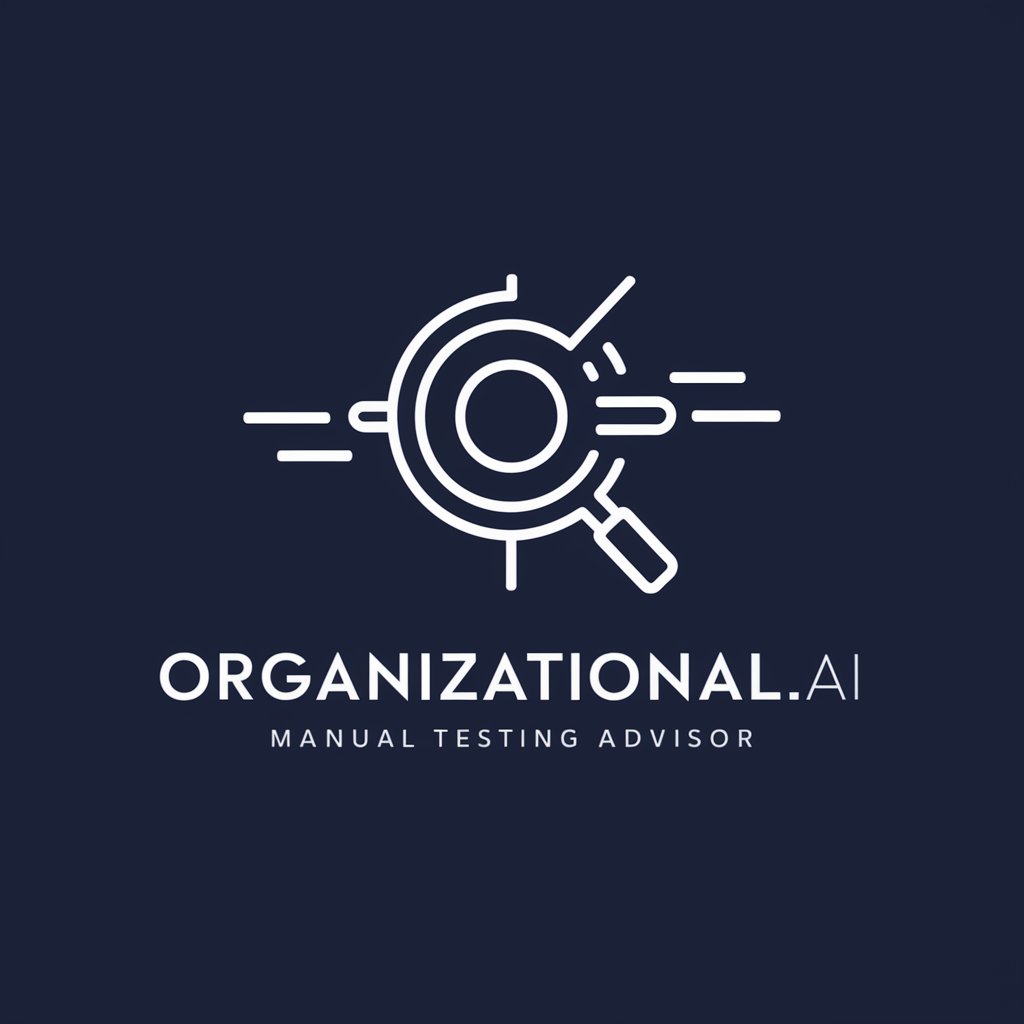
Quality Control Analyst
Elevate Manufacturing Quality with AI
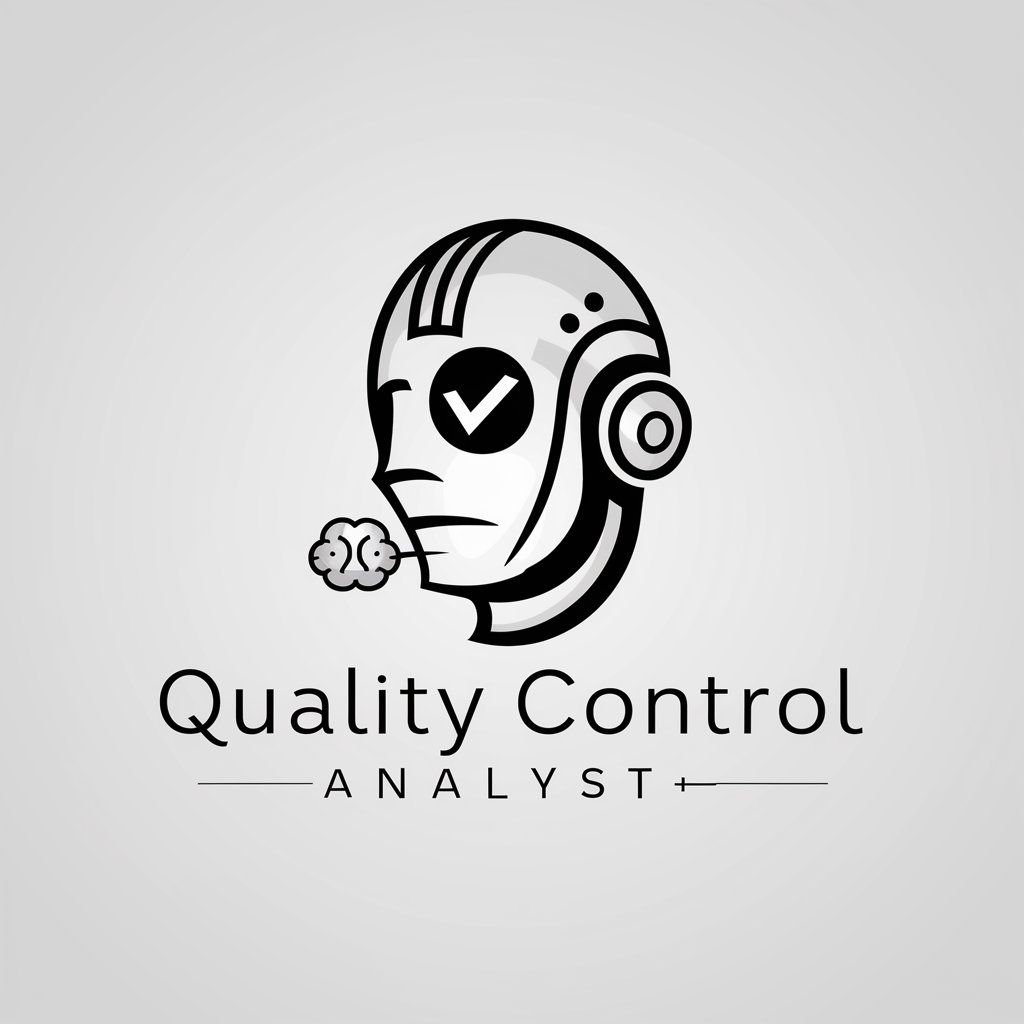
🔍 Quality Detective Pro GPT 🕵️♂️
Empower QA with AI Insight

TestMaster Pro
Automate Testing with AI Insight
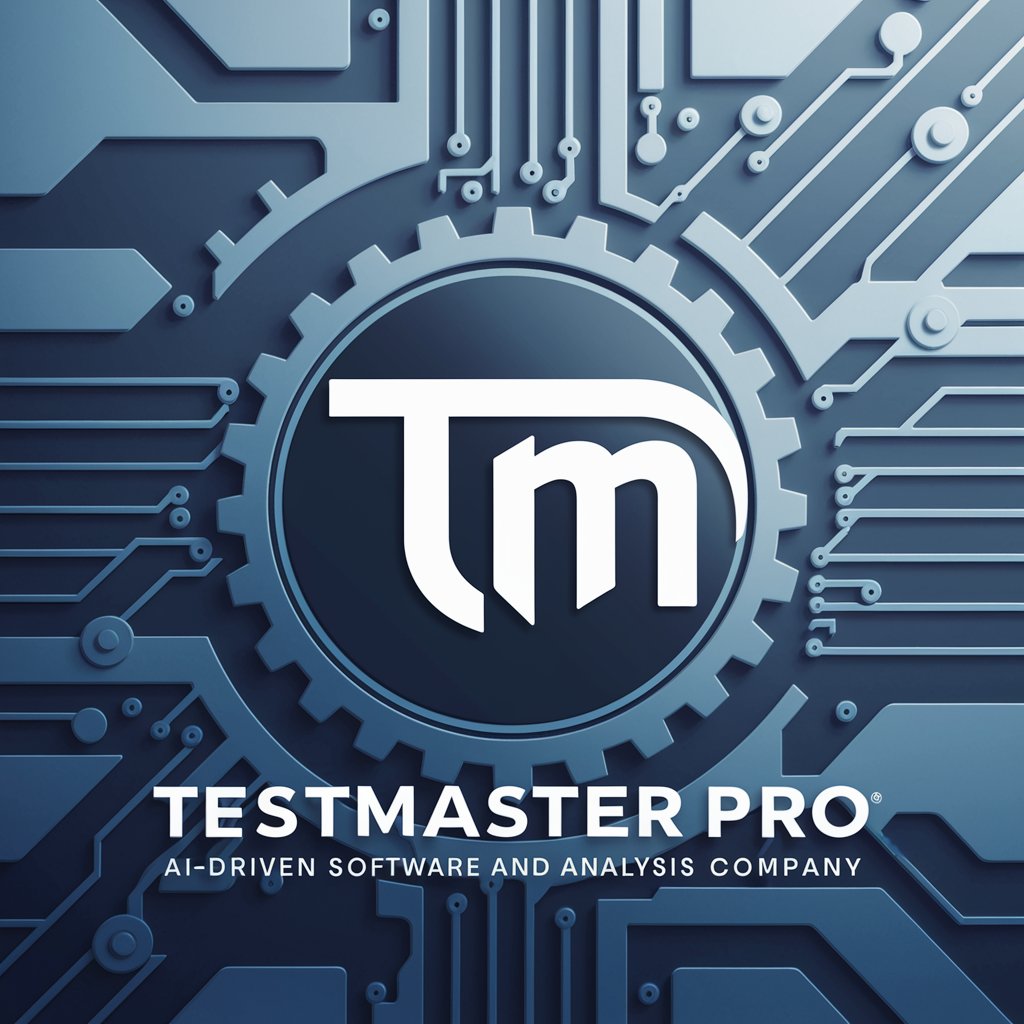
ALM Defects
Optimizing Additive Manufacturing with AI-Powered Defect Analysis
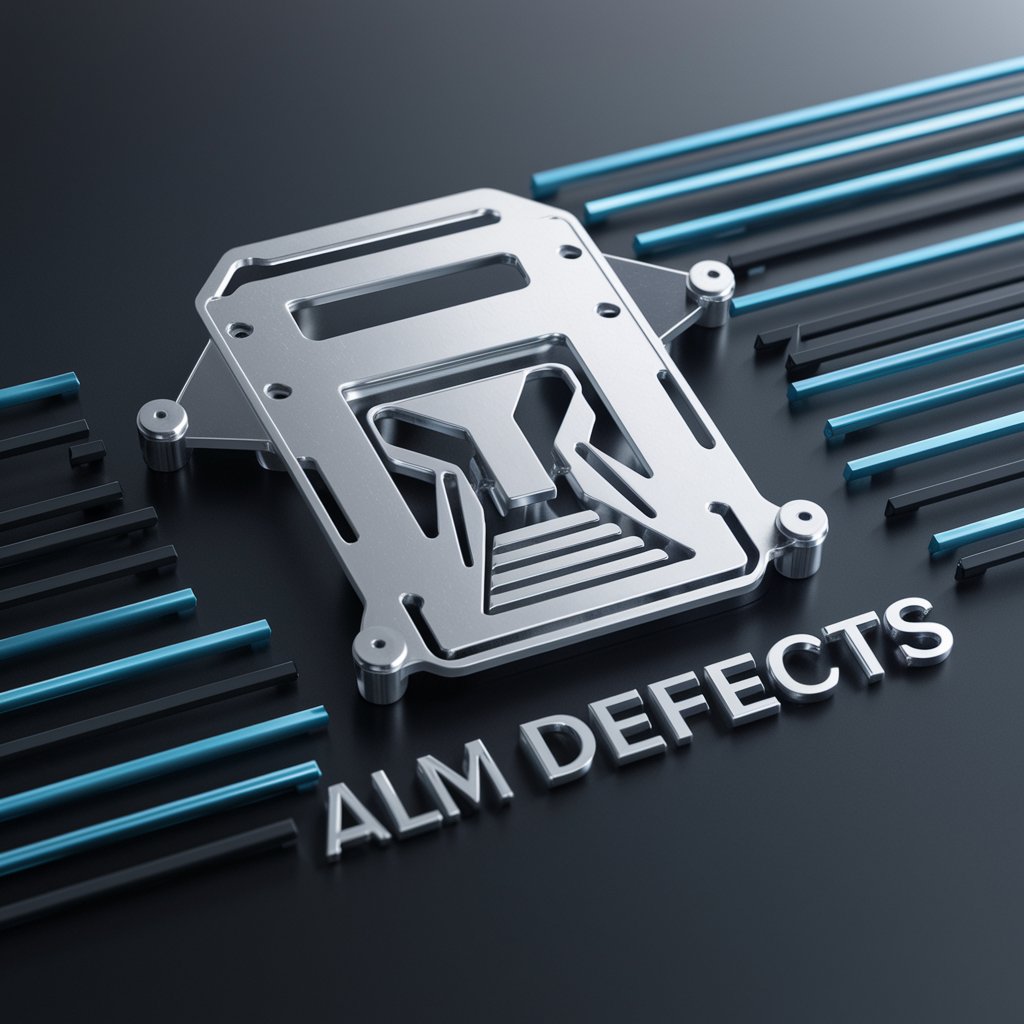
Key Attributes and Functions
AI GPTs for Defect Analysis possess unique features that set them apart. Their adaptability allows them to be customized for a range of complexity levels, from straightforward defect detection to in-depth analysis and prediction tasks. Key features include advanced natural language processing for understanding technical documentation, machine learning capabilities for pattern recognition, image analysis for visual defects, and integrations with development and quality assurance tools. These capabilities ensure comprehensive coverage of defect analysis needs across different sectors.
Who Benefits from Defect Analysis AI
The primary users of AI GPTs for Defect Analysis include quality assurance professionals, software developers, product managers, and manufacturing engineers. These tools are designed to be accessible to novices without programming knowledge, offering user-friendly interfaces and guided processes. Simultaneously, they provide extensive customization options for experienced users, allowing for tailored analysis workflows that can integrate seamlessly into existing development and production environments.
Try Our other AI GPTs tools for Free
Quality Training
Discover how AI GPTs transform Quality Training with personalized, interactive learning solutions designed to enhance skills and knowledge in quality management.
Personalized Journaling
Discover the future of journaling with AI GPTs for Personalized Journaling, offering a unique, tailored experience through advanced artificial intelligence technology.
Athlete Insights
Discover how AI GPTs revolutionize athlete insights with tailored analytics, performance optimization, and injury prevention strategies.
Endurance Strategies
Discover AI GPTs for Endurance Strategies, the ultimate tool for optimizing your training, nutrition, and recovery. Tailored solutions for athletes and coaches alike.
Office Layout
Discover how AI GPTs for Office Layout revolutionize workspace design, offering tailored, efficient, and innovative solutions to meet modern needs.
Academic Challenge
Unlock the potential of AI in academia with GPT tools tailored for educational challenges. Enhance learning, research, and innovation with adaptable, user-friendly AI support.
Further Perspectives on AI and Defect Analysis
AI GPTs for Defect Analysis revolutionize traditional approaches by providing dynamic, AI-driven solutions. These tools support a broad spectrum of industries, demonstrating versatility and adaptability. Their user-friendly interfaces facilitate ease of use, while integration capabilities ensure they can complement and enhance existing workflows, offering significant improvements in defect management and quality assurance strategies.
Frequently Asked Questions
What is AI GPT for Defect Analysis?
AI GPT for Defect Analysis refers to the application of Generative Pre-trained Transformer technology to detect, analyze, and address defects in various domains, enhancing efficiency and accuracy.
How does AI GPT for Defect Analysis work?
It employs machine learning and natural language processing to understand complex data, identify patterns of defects, and provide actionable insights for resolving these issues.
Who can use these AI GPT tools?
Both novices and professionals in quality assurance, software development, and manufacturing can utilize these tools to improve defect analysis processes.
Do I need coding skills to use AI GPTs for Defect Analysis?
No, these tools are designed with user-friendly interfaces that require no coding knowledge, making them accessible to a broad audience.
Can these tools be customized?
Yes, AI GPTs offer extensive customization options for those with programming expertise, allowing for tailored defect analysis solutions.
What makes AI GPTs for Defect Analysis unique?
Their ability to adapt to various levels of complexity and their integration capabilities with existing systems set them apart in defect analysis.
Can AI GPTs predict future defects?
Yes, through advanced analytics and pattern recognition, these tools can forecast potential defects, enabling proactive measures.
How can AI GPTs improve defect analysis processes?
By automating the detection and analysis of defects, these tools reduce manual effort, increase accuracy, and enhance the overall efficiency of quality control processes.